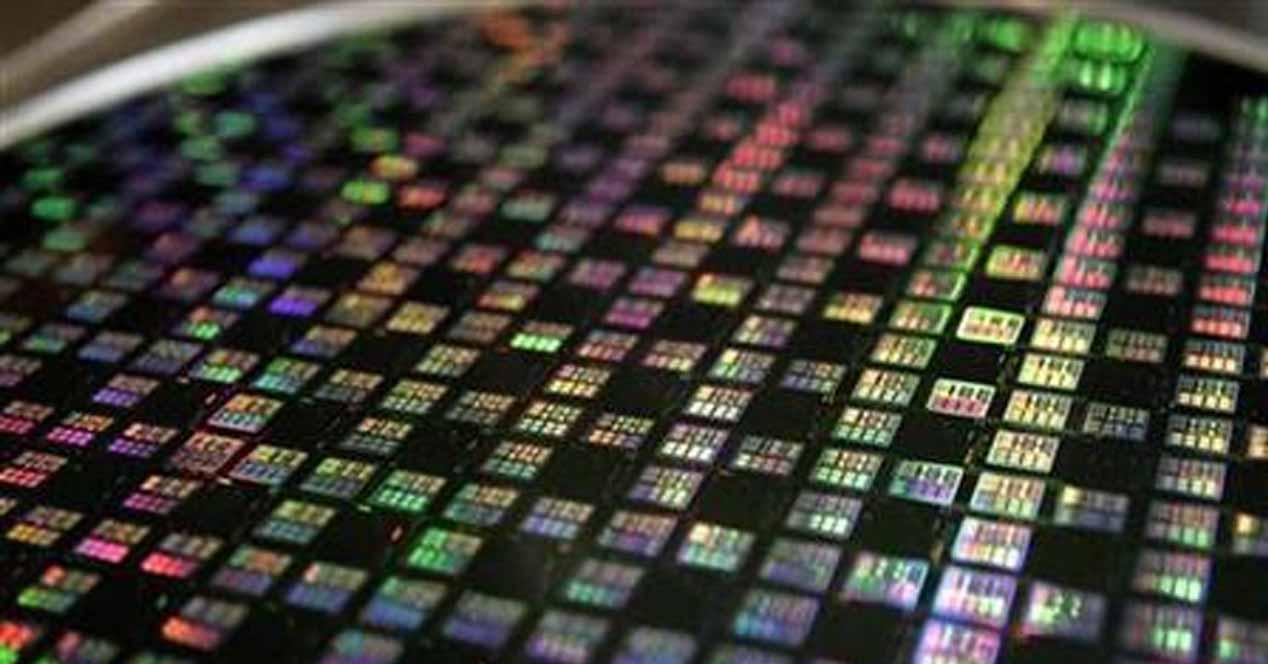As you well know, the chips that make up the inside of processors are mostly made of microscopic transistors, and they are so small that they have to be measured in nanometers. But before we put that into perspective, let’s see why the need to use such a small measure arose.
Nanolithography and the use of nanometers
Nanotechnology, nanometry, nanobots … nowadays the prefix nano- is used so frequently that it is already something everyday, and in fact it is so because precisely to incorporate so many thousands of transistors inside of a chip, a technique called nanolithography is used. From the Greek, the word can be divided into three parts: “nano” which means dwarf, “litho” which means stone and “spelling” which means to write, so literally nanolithography means “dwarf writing on stone”. But why?
The field of nanolithography was born from the need to increase the number of transistors in an integrated circuit to keep Moore’s famous law alive. Although lithographic techniques have been around since the late 18th century, none were applied to nanoscale structures until the mid-1950s, and for this reason, today the word has evolved to encompass the design of structures of the order of 10−9 a 10−6 meters.
With the evolution of the semiconductor industry, the demand for techniques capable of producing structures at the micro and nanoscale has skyrocketed. Photolithography was first applied to these structures in 1958, ushering in the era of nanolithography and with it the need to start measuring magnitudes in nanometers. Since then, photolithography has become the most successful technique commercially capable of producing patterns of less than 100nm.
How big is a nanometer?
When it comes to units of measurement, the most common are undoubtedly kilometers, meters, centimeters and millimeters. This is normal if you take into account that a human being is a little over a meter and a half on average, or that our brain is between 13 and 17 centimeters long, when even something as small as a fly can measure between 5 and 8 millimeters. However, for measurements smaller than that, it can be a little hard to imagine, especially if you’re told that one nanometer equals 0.00000000001 meter, or 10−9 mr.
Let’s continue to reduce the magnitudes: dust mites, which can no longer be seen with the naked eye, measure between 0.2 and 0.5 millimeters in length, while a hair is about 80 microns (0.08 millimeters) . But it’s still a lot bigger than a nanometer, so we keep going down and we have, for example, the red blood cells that we have in our blood are between 5 and 7.5 micrometers, or even bacteria have a length ranging from 0.5 to 5 microns.
We have to scale down much more to come across viruses, whose scale finally starts at 100 nanometers. One dimension that seems common to hardware fans and even too large given today’s times is 10nm, which is precisely what proteins measure, or lipids measure around 5 nanometers. If we go down to a 1 nanometer scale, we have what measures, approximately, a strand of DNA.
Realize the magnitude we’re dealing with here: the transistors that are used in the current processors that we use every day are only a little bigger than DNA, and that’s to give you an idea if it might to reduce the size even further and reach 0.1 nanometers, we would speak of an atomic scale, and not a nanometric scale.
As you will already assume, manipulating nanometers for chip making is a miracle and you will understand that it is becoming more and more complicated and expensive to manage such dimensions.










